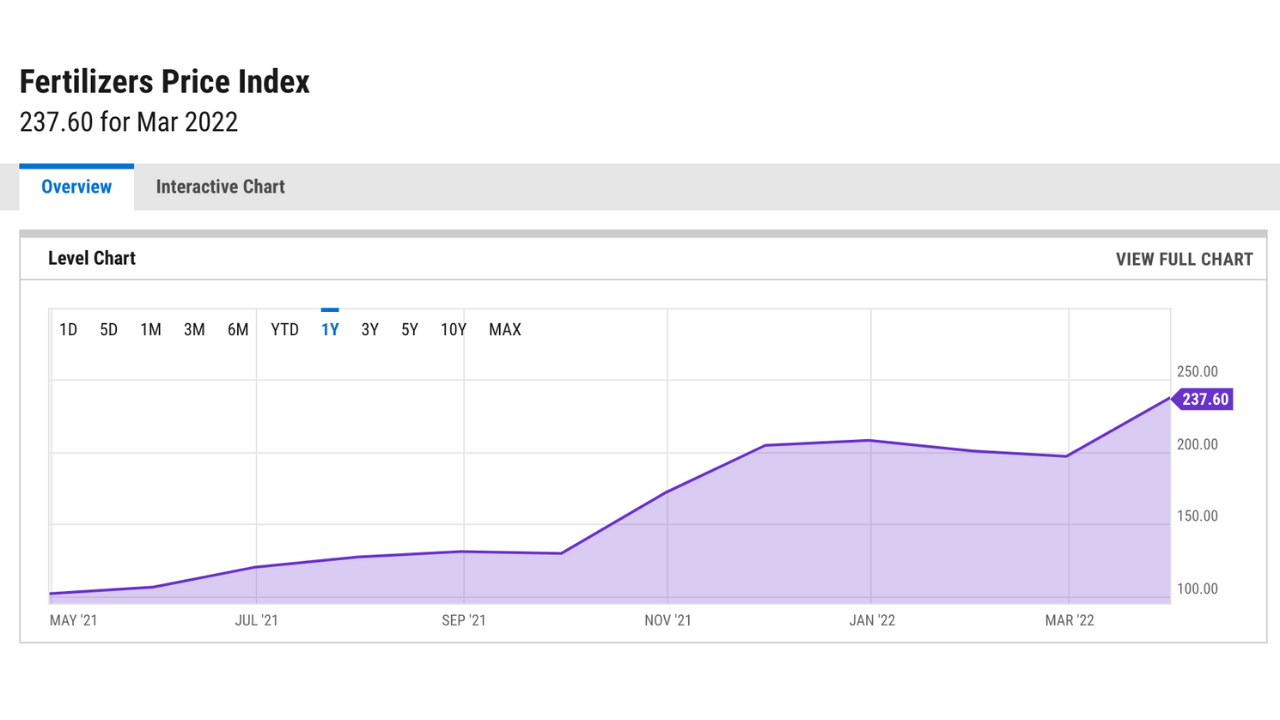DOVER, Fla. — The U.N. Food and Agriculture index shows food prices are at an all-time high, but experts predict the war in Ukraine is about to make matters a lot worse largely due to the supply and demand of fertilizer.
"We're not going to see stabilization in the markets till probably close to 2024. And even then it's going to take several years beyond that before we really see prices begin to normalize," Nathan Carson, VP of Operations at Chemical Dynamics said.
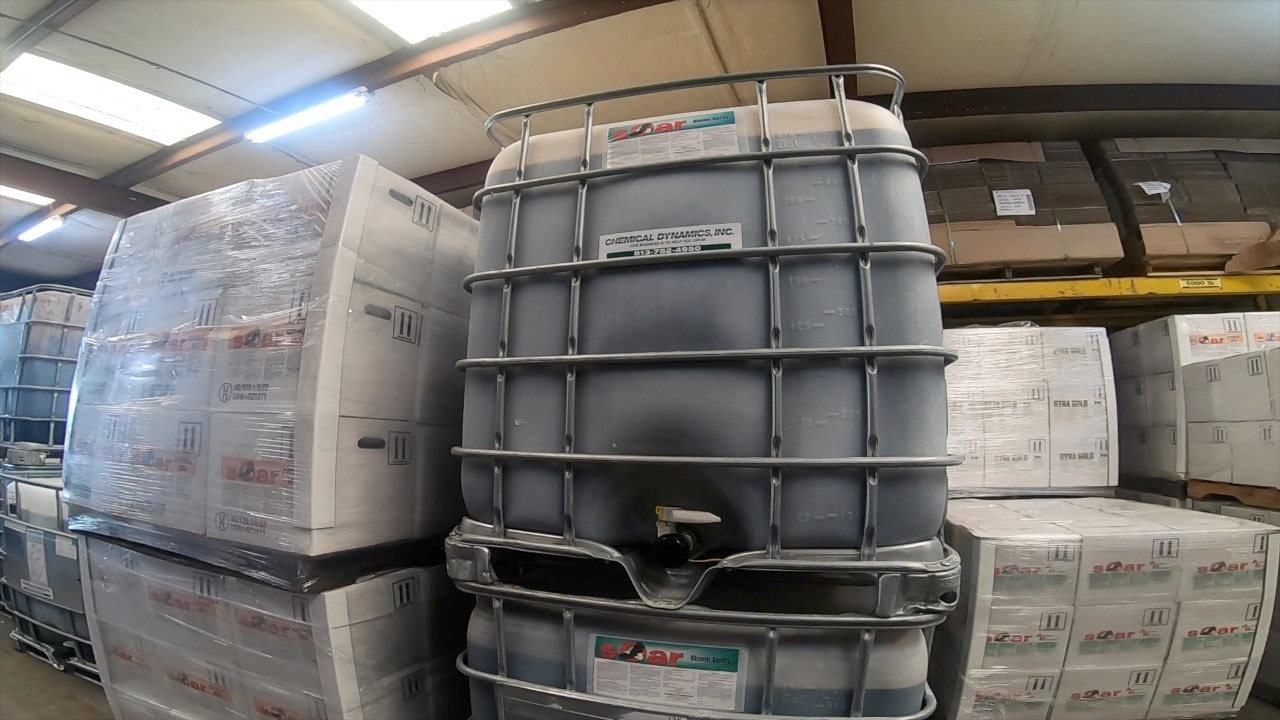
"This year, we've seen dramatic increases in all of our inputs,” said Michelle Williamson, Director of Operations at G & F Farms, a generational strawberry farm in Dover.
While farmers are always facing obstacles from labor shortages to freezes, supply chain issues have been stacking up trouble.
"We're feeling the pinch everywhere, fuel costs and everything else,” she said, “Fertilizer prices, in particular, this year, we've seen an increase of about 40%."
G & F Farms gets their fertilizer down the street at Chemical Dynamics in Plant City.
"We take a lot of the raw materials and blend them together into the finished goods, the final product of fertilizer that farmers will be putting on their crops," explained Carson.
Those raw materials include three main nutrients: NPK -- nitrogen, phosphorus and potassium, also known as potash.
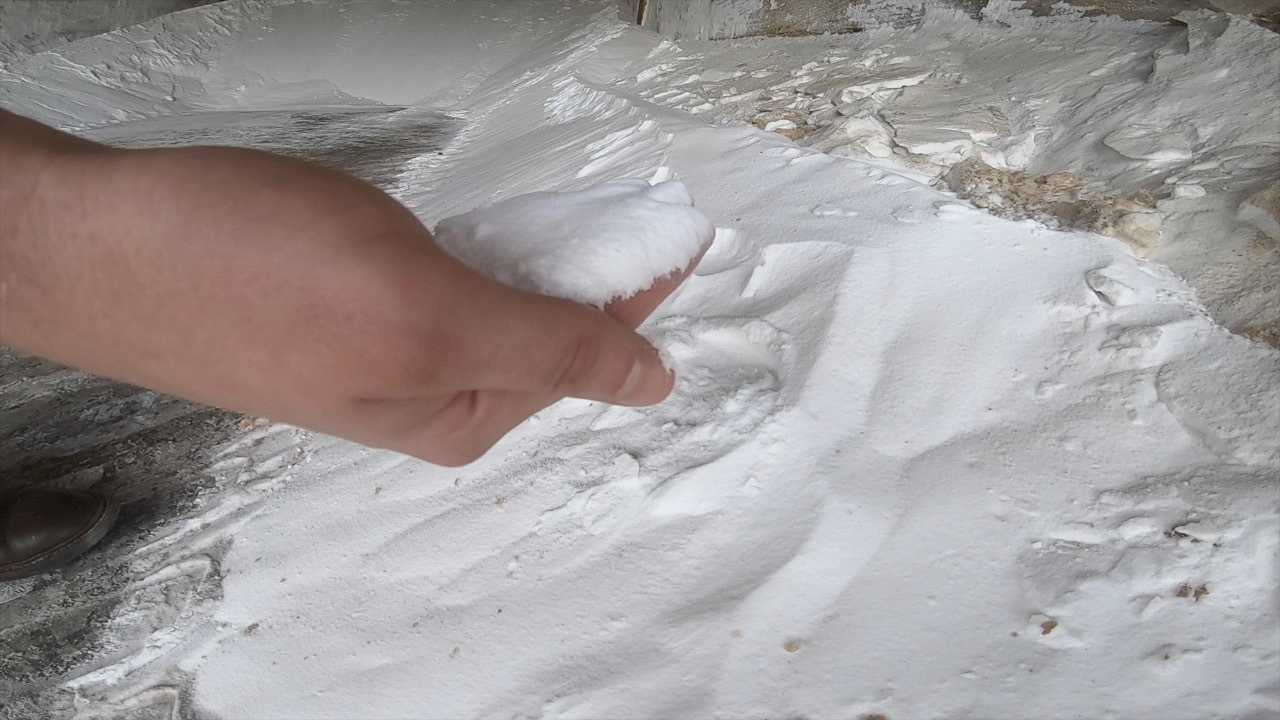
"It helps with the resiliency of the plant, it helps to make it more resistant to adverse weather conditions whether extreme heat or extreme wetness," Carson said regarding potash.
The three top exporters of these nutrients are Russia, China, and Canada.
Chemical Dynamics gets their potash from Canada, but a shortage in delivery trucks due to border vaccine mandates has raised costs by nearly 40%, according to a letter from the The Fertilizer Institute to US legislatures in April.
In addition, China banned its nutrient exports in 2021, leading to prices doubling across the world.
Then, when Russia invaded Ukraine, Russia and Belarus banned their nutrient exports as well. Russia's ban is in six-month quotas.
The EU also levied sanctions on Belarus, reducing 21% of the world’s supply of potash by approximately one-fifth, according to The Fertilizer Institute.
"Between Russia and China in the Belarus situation, you're looking at about 35% of the world's potash, about 35% of the world's phosphates, and another 25% of the world's nitrogen," Carson exclaimed.
The result? The price of fertilizer is up 128% from one year ago. It went up more than 20% in just one month of the war in Ukraine.
On top of that, Ukrainian crops supply a significant part of the world's corn, wheat, and sunflower oil.
"Somewhere between 20 to 30% of Ukraine's agricultural crop is not going to be planted this year," Carson said.
So while the costs are hitting fertilizer companies and farmers first, the impact on grocery stores and the consumer is coming.
"I wouldn't be surprised to see food prices going up another 10 to 15% by the end of the year when you look at the end of the calendar year," Carson said.
So what can farmers do? St. Petersburg Urban farmer Emmanuel Roux has an idea.
"So this is a nasturtium plant extract… take all the plants that have been fermenting with brown sugar and then that liquid is going to be enough for about a year, and we dilute it one to 1,000 in water, and we spray on the soil," Roux showed ABC Action News.
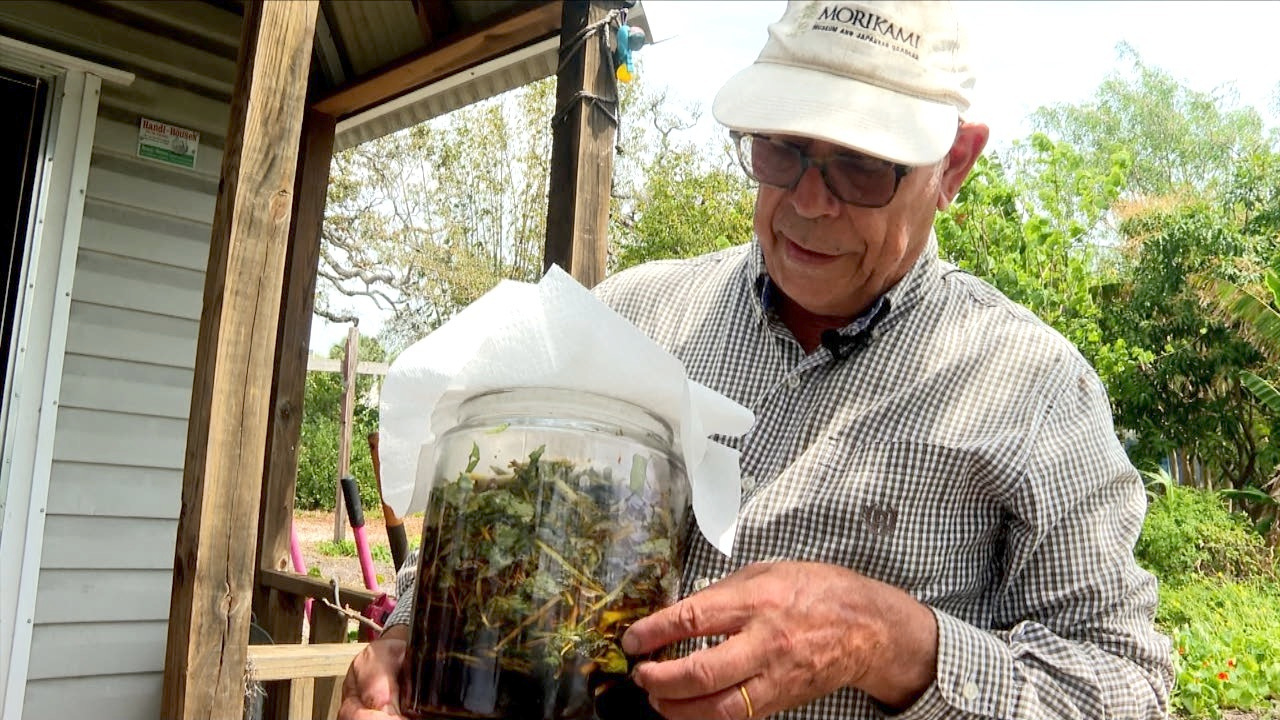
Roux is the founder of Urban Food Park in St Pete and said farmers need to start focusing on regenerative and organic agriculture.
"We work with the biology of the soil, to, we add organic matter that is digested by the microbes and that feed the plant," he explained.
Carson added that this would be hard to scale for U.S. farms, but any micro-nutrients can help.
"By focusing on the micro-nutrients and some of these bio-stimulants, it allows crops to be healthier, increases the nutrient uptake efficiency, so you end up having better use efficiencies of the fertilizers so you get better results with the same amount of fertilizer and sometimes even less fertilizer," he said.
Much of Florida’s farming season ended just after the war in Ukraine began, so experts predict farmers in the Midwest and west coast will see the greatest effects of fertilizer costs this summer.
Williamson confirmed she doesn’t think they saw major effects from Ukraine.
"I would like to say that my grandchildren will be on this farm 30 years from now actually still farming. I don't know that, but I know that next year we'll be back out here farming,” she said.
One of the best things you can do to help right now is to shop local and U.S. grown.
While Russia is the largest exporter of fertilizer, Brazil is the largest importer of fertilizer. With imported fertilizer, Brazil leads global exports of soybeans, coffee, and sugar. These are all items we could see go up in cost in America.
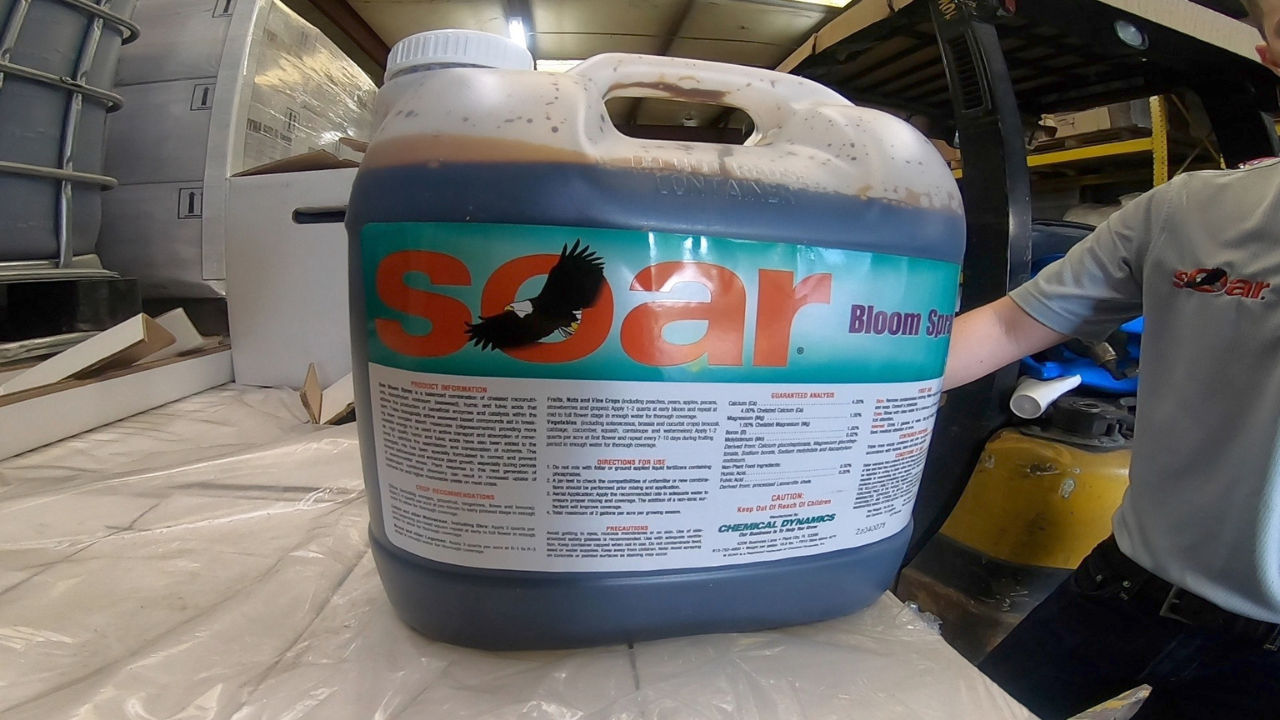
Experts predict these higher prices could last into 2024.
“We're not going to see stabilization in the markets till probably close to 2024. And even then it's going to take several years beyond that before we really see prices begin to normalize,” Carson concluded.




